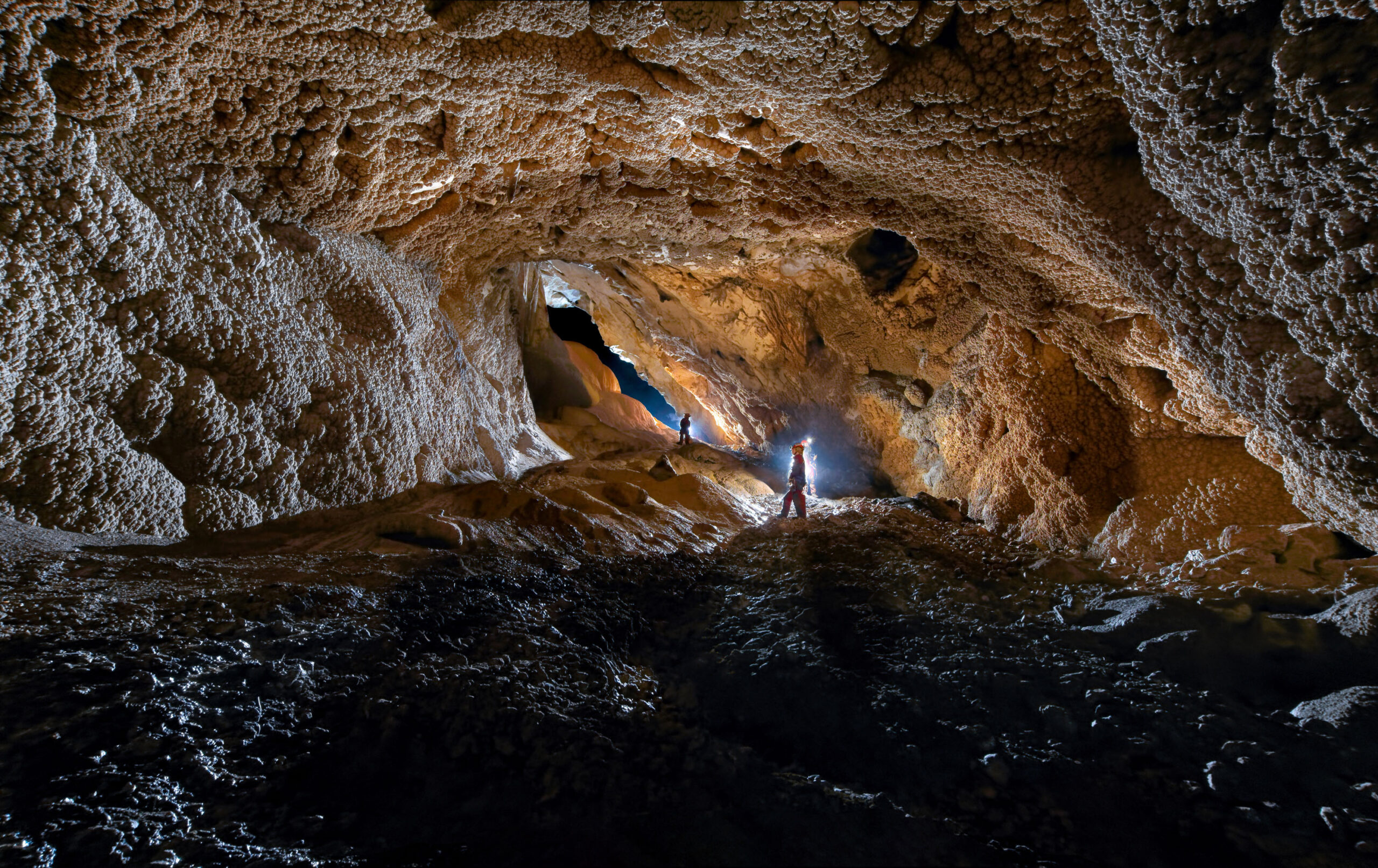
Primary threats to the subterranean are caused by human activities such as changes in the hydrological regime, dams, water caption, quarrying, pollution, land use changes above subterranean systems and aquifers, urbanization, uncontrolled exploitation of birds’ nests and guano, over-frequentation by humans, inappropriate touristic use, vandalism, and littering, etc.
Quarrying limestone affects the integrity of caves through complete destruction of the habitat, dust, blasting shock, changes in hydrology, water pollution, and collateral damage.
The changes in the hydrological regime are caused by the construction of hydroelectric power plants, dams, overexploitation of aquifers, and various human interventions on the groundwater level. These changes may have a detrimental effect on the aquatic subterranean ecosystems, shifting suitable habitats and often exposing the sessile aquatic species (cave clams, sponges, polychaetes) to dry conditions.
Pollution is considered as one of the most widespread threats to subterranean ecosystems, and it can be observed everywhere adjacent to human settlements, on both large and small scale. Due to the nature of their media, aquatic subterranean animals are much more sensitive to pollution. Pollutants disposed in the terrestrial parts of subterranean habitats or even above them destroy and pollute the terrestrial habitats and many species living on and/or in the sediment. They also enter and pollute the groundwater due to the karst’s restricted capacity for filtration.
